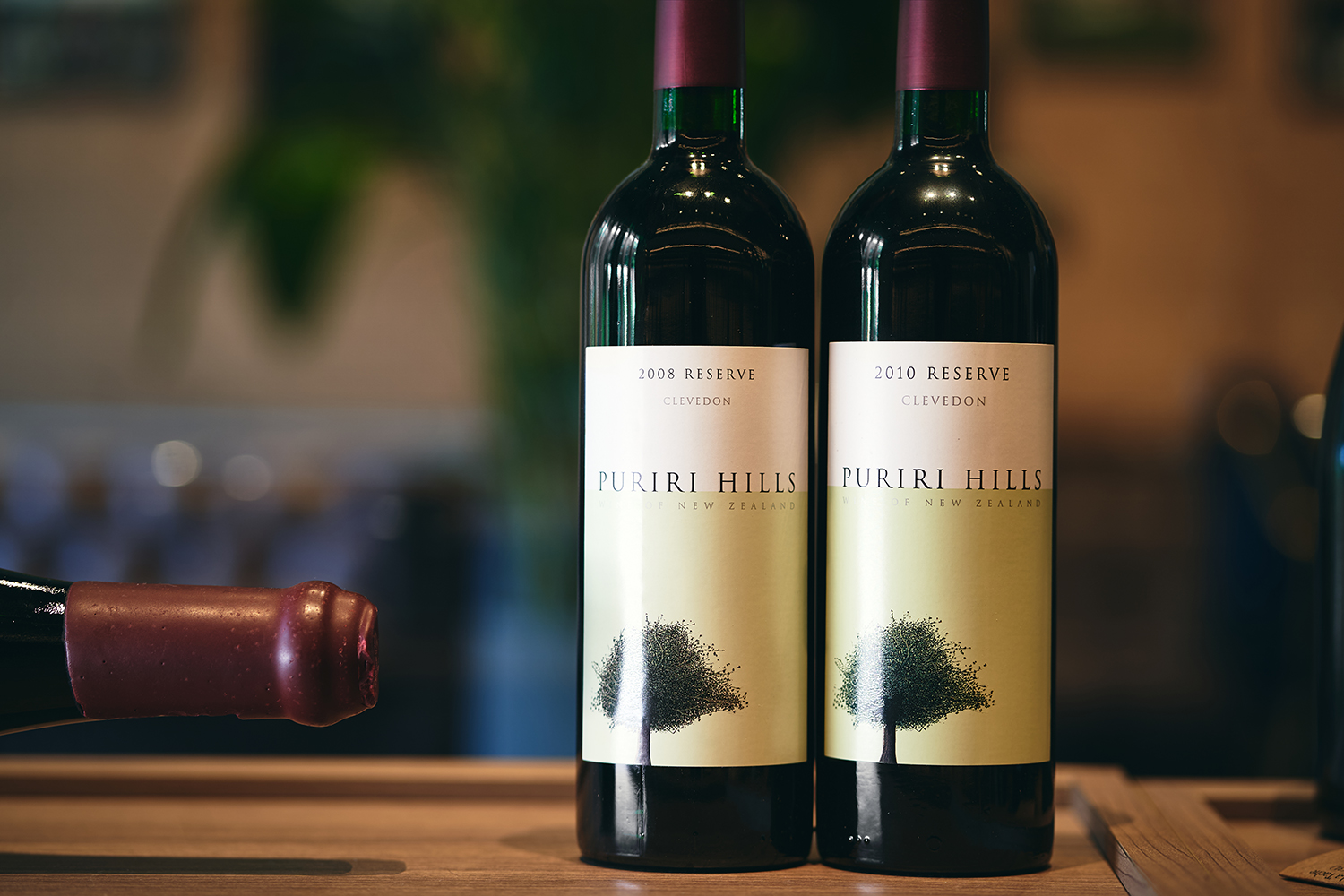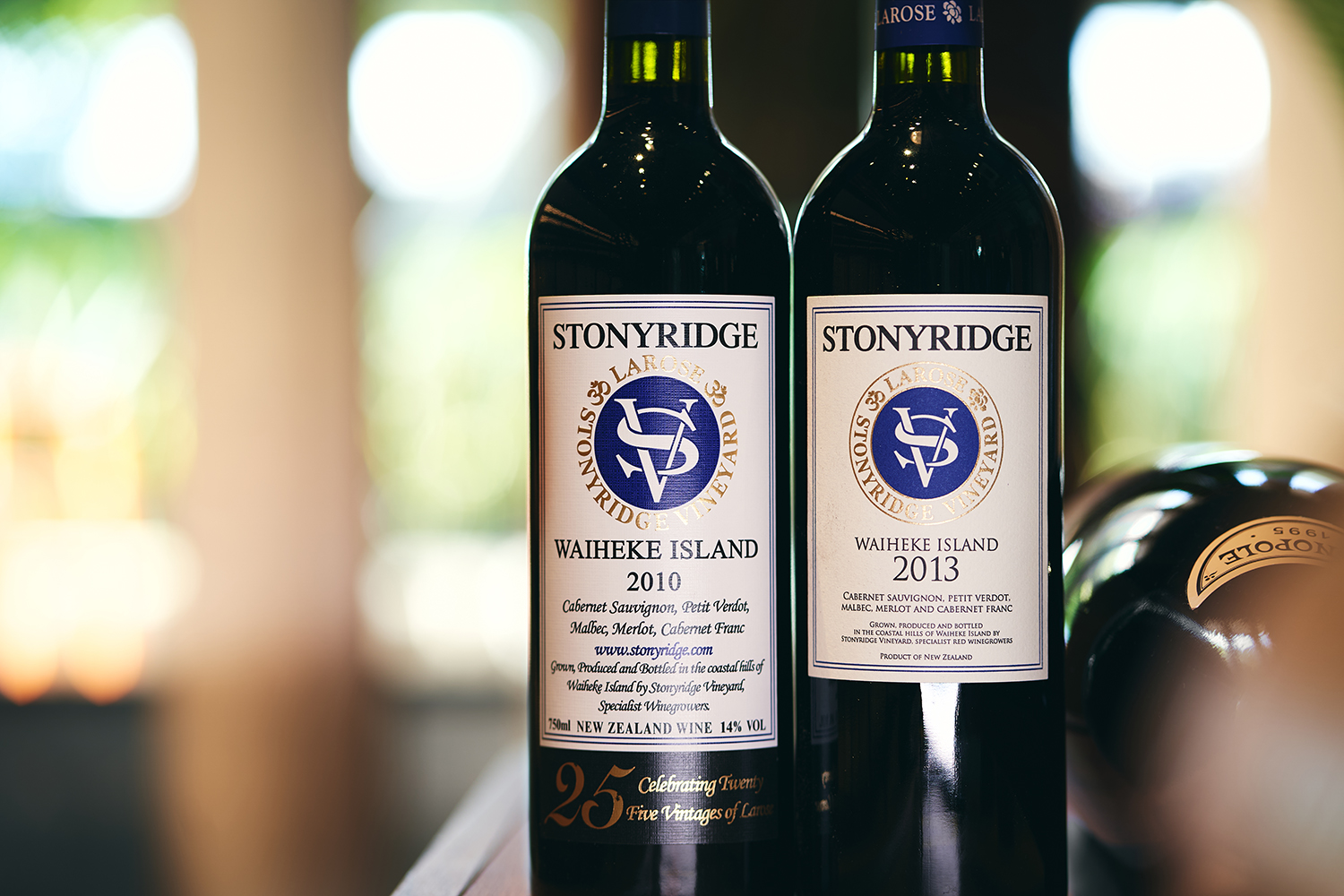

©Linden Wilkie, 1st April, 2022
Today we have three very special New Zealand wines for you. In each case we are talking about the very top of the range, super micro-production, garden-scaled estates, led by families each of whom is aiming to produce “the best”. A recent tasting of wines from these estates in Hong Kong organized by Kiwi aficionado John Dibble confirmed that quality, expression and style are here in abundance. If you like the cool-climate expression of Bordeaux, balancing fruit, savour and freshness, then these are going to appeal to you.
The bottles on offer today have all been direct-imported from the New Zealand estates to Hong Kong, and professionally stored in ideal conditions since then – perfect provenance.
What makes them all the more attractive is that they now have some bottle age. These are serious wines that have all benefited from further cellaring, giving you the option to explore immediately, while keeping some back for further cellaring.
All three are from small districts near the city of Auckland. So let’s dive in and I’ll explain each of the estates on offer.

GILLMAN VINEYARD, Matakana district
Toby Gillman spent the weekends in the 1990s working at leading Bordeaux Right Bank-style producer Providence in Matakana, north of Auckland, and then worked at Château Angelus to fine-tune his knowledge. They called him l’espion – the spy, because he took so many notes and photos. Then, in 1998 he established Gillman Vineyard, also in Matakana. With a warm dry microclimate Gillman had found his ideal site on iron-rich clay on a steep north-facing free-draining slope – a garden-sized plot of less than 1 hectare. His aim? – to make New Zealand’s finest ‘Old World’ Bordeaux style wine. Boutique in scale, this has quite a following.
2006 Gillman Vineyard
The 2006 is drinking beautifully now, in a ripe, but fresh and very expressive style. After a hot dry start to the growing season, autumn was markedly cooler, Gillman notes, with harvest in perfect dry conditions. “These cooler vintages produce some of my favourite wines in a distinctive “old world” style, with good acidity and structure, and pronounced floral bouquets”, he says.
59% Cabernet Franc, 38% Merlot, and 3% Malbec
13.3% abv. 2,653 bottles produced.
30 bottles @ HKD 500 each

PURIRI HILLS, Clevedon district
In the countryside east of the urban sprawl of South Auckland, overlooking the Hauraki Gulf, sits the Puriri Hills wine estate. ‘Our shared goal: To make wines that stand alongside the best wines in the world and yet are uniquely of our place.’ Puriri Hills also leans more to the Right Bank style of Bordeaux, though interestingly with some Carmenère in the blend. That variety is virtually unseen in Bordeaux these days, but a success in Chile.
Planted mostly in the 1990s, this is an estate that was not yet on the scene by the time I left New Zealand 20 years ago. But I was introduced to it – in a blind tasting – by Kiwi connoisseur John Dibble, and these stylish wines really appealed, and got my attention.
Judy Fowler and Phil Nunweek dry farm this less than 3 hectare estate along organic and biodynamic principles, with low (34hl/ha) yields. The wine is made in the classical Bordeaux way – de-stemmed, crushed, cold-soak, and a 21-day cuvaison followed by 21 months in French oak barriques, 75% new.
2010 Purriri Hills ‘Reserve’
‘2010 gave us virtually perfect growing conditions and produced a moderate crop with small healthy berries…. We handpicked parcels at the peak of ripeness between 1 April and 3 May.’
61% Merlot, 14% Carmenère, 14% Cabernet Sauvignon, 7% Cabernet Franc, 4% Malbec.
14% abv. 4,100 bottles produced.
90 bottles @ HKD 1,000 each
2008 Puriri Hills ‘Reserve’
‘2008 was an exceptional vintage, perfect amounts of rain and sun, all at the right times…
We handpicked parcels at the peak of ripeness in the second half of April.’
51% Merlot, 20% Cabernet Franc, 13% Carmenère, 9% Cabernet Sauvignon, 7% Malbec.
14.1% abv. 5,200 bottles produced.
90 bottles @ HKD 1,000 each

STONYRIDGE, Waiheke Island district
At the beginning of the 1990s when I was getting into wine, this estate had already gained some fame. Stephen White established his vineyard in the early ‘80s on a beautiful slope on Waiheke Island, a short ferry ride (or sail) from Auckland. The 1987 vintage caused quite a stir in the UK and was one of the first Bordeaux-style wines to show that New Zealand could compete with this style.
I began buying their flagship wine – ‘Larose’ – with the 1996 vintage, and some mature Larose is what I chose to serve at my wedding.
You will note here with the blend that the full gamut of Bordeaux varieties makes the blend – note that high percentage of Petit Verdot, that gives quite a special aroma and intensity in my view. But here we have a bit more Cabernet Sauvignon than in the Gillman or Puriri Hills blends, so we are leaning here more to a Left Bank style. Stonyridge ‘Larose’ ages really beautifully in my experience, and depending on the vintage, has a 10-25 years from vintage cellaring window.
What makes the selection of 2013 and 2010 especially exciting though is that they were, respectively, the best made at Stonyridge since that attention-winning 1987. These are really hard to top, and so if you want to slip something interesting to a blind Bordeaux-themed night, you will have fun with this. I have on many occasions. :)
2013 Stonyridge ‘Larose’
52% Cabernet Sauvignon, 19% Petit Verdot, 12% Malbec, 12% Merlot, 4% Cabernet Franc, 1% Carmenère.
14.1% abv. 13,000 bottles produced.
12 bottles @ HKD 2,000 each
2010 Stonyridge ‘Larose’
50% Cabernet Sauvignon, 21% Petit Verdot, 17% Malbec, 8% Merlot, 3% Cabernet Franc, 1% Carmenère.
14% abv. 18,245 bottles produced.
48 bottles @ HKD 2,000 each
